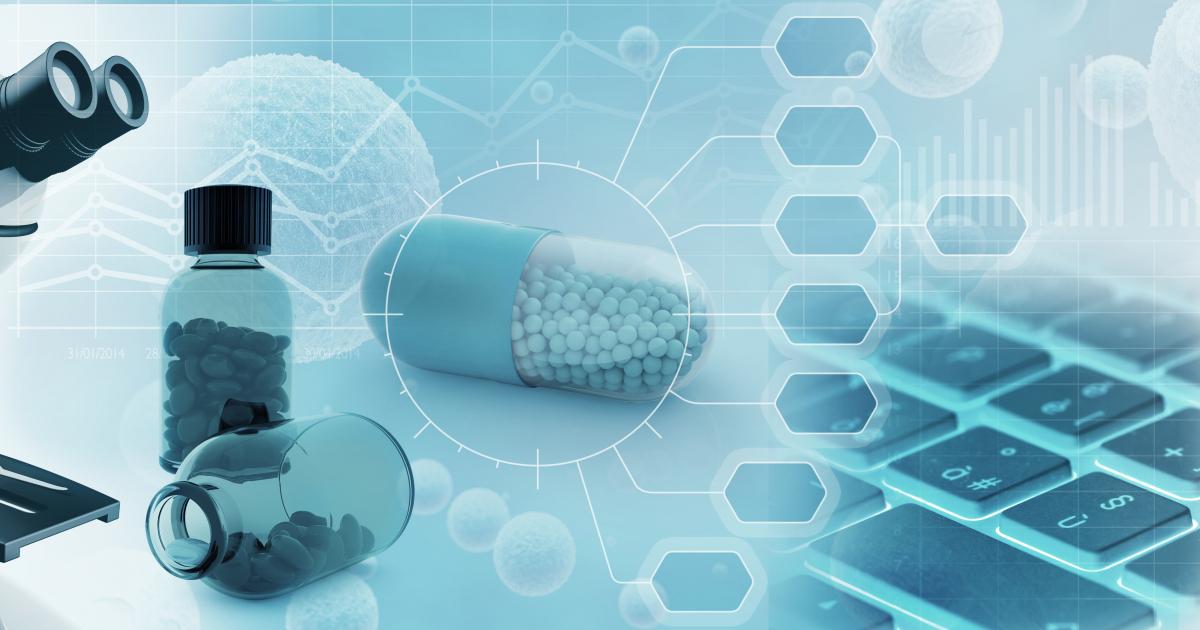Pharmacovigilance, also known as drug safety, is the pharmacological science related to the collection, detection, assessment, monitoring, and prevention of adverse effects with pharmaceutical products. As medicines become more advanced and complex, ensuring their safe use has become increasingly important.
What is Pharmacovigilance?
Pharmacovigilance refers to the science and activities related to monitoring the safety of medicines and ensuring their benefits outweigh any risks. Its main objectives are to improve patient care and safety in relation to the use of medicines, raise awareness of adverse drug reactions (ADRs), and contribute to the assessment of benefit-risk profiles of medicines. Pharmacovigilance mechanisms help monitor the performance and effects of drugs after they have been licensed for use. This ongoing process of risk-benefit evaluation aims to minimize harm from the use of medicines.
Several activities come under the umbrella of pharmacovigilance including spontaneous reporting of ADRs by healthcare professionals and consumers, case processing, data evaluation, risk management, signal detection, and safety communication. Pharmacovigilance systems and programs exist both at the national and global level to coordinate these activities and ensure global patient safety.
Reporting Adverse Drug Reactions
Reporting suspected adverse reactions plays a central role in Pharmacovigilance. Healthcare professionals including doctors, pharmacists and nurses report any adverse events following immunization or medication to their local or national pharmacovigilance center. Consumers can also report adverse reactions experienced by themselves or family members directly to such centers. In many countries, there are specific reporting forms available both online and offline to simplify ADR reporting.
Timely and accurate reporting of all suspected adverse reactions is crucial even if the causal relationship between the drug and event is uncertain. This is because aggregated reports over time allow regulators to detect previously unknown risks or identify risk factors. Under-reporting of ADRs remains a challenge, so awareness initiatives are being taken to encourage more complete reporting from healthcare professionals and the public as well. Anonymized reports are then evaluated collectively to monitor drug safety profiles.
Signal Detection and Risk Management
Once ADR reports are received and recorded in the global pharmacovigilance database, sophisticated data mining tools are used to analyze large amounts of data and identify ‘signals’ - unexpected or statistically significant reporting of a particular adverse event with a medicine. Signals indicate potential safety issues that require further investigation. Regulatory authorities then conduct a risk-benefit analysis taking into account the medical importance of the drug, seriousness of reaction, patient risk factors etc.
Based on this analysis, risk management plans may involve additional studies, restricted use, reinforced patient counseling or labeling changes. In rare cases, the medicine may also be withdrawn from the market if the risks are found to clearly outweigh benefits. Constant signal detection and risk management helps ensure medicines approved for use have an acceptable safety profile in real-world populations.
Importance of Pharmacovigilance in Public Health
Pharmacovigilance plays a vital role in enhancing patient welfare and building public trust in medical products. By promptly detecting unknown adverse effects, it allows evidence-based decisions that optimize benefit-risk balance. This prevents harms that could arise from risks only apparent after widespread usage. It also facilitates continuous benefit-risk communication to promote safe, rational medicine use.
Pharmacovigilance data assists physicians in risk stratification and clinical decision making. For patients, it means safer treatment through informed consent, warnings of vulnerable groups and counseling on risk factors. On a broader scale, pharmacovigilance protects populations against public health issues like vaccine scares, medication errors or drug interactions. It enhances regulatory effectiveness through iterative risk assessment and management.
In conclusion, pharmacovigilance promotes patient interests by advancing transparency and accountability in healthcare product oversight. Its outcomes empower informed choices regarding treatment risks and oversight of approved products in a continuously learning process. With advancing personalization and digital tools, pharmacovigilance will continue expanding our understanding of treatment safety well into the future. As new therapies emerge, reliable pharmacovigilance remains integral to evidence-based progress in medicine.
Overview of the key concepts and significance of pharmacovigilance. By continuously monitoring medicines post-marketing, pharmacovigilance mechanisms work to ensure treatment benefits outweigh risks based on real-world evidence. This science protects populations and empowers safe, rational use of medicines through transparent risk communication and management. As new therapies arise, reliable pharmacovigilance will remain integral to advancing treatment safety and innovation in healthcare.
Get More Insights On This Topic: https://www.newswirestats.com/pharmacovigilance-ensuring-drug-safety-for-patients/

